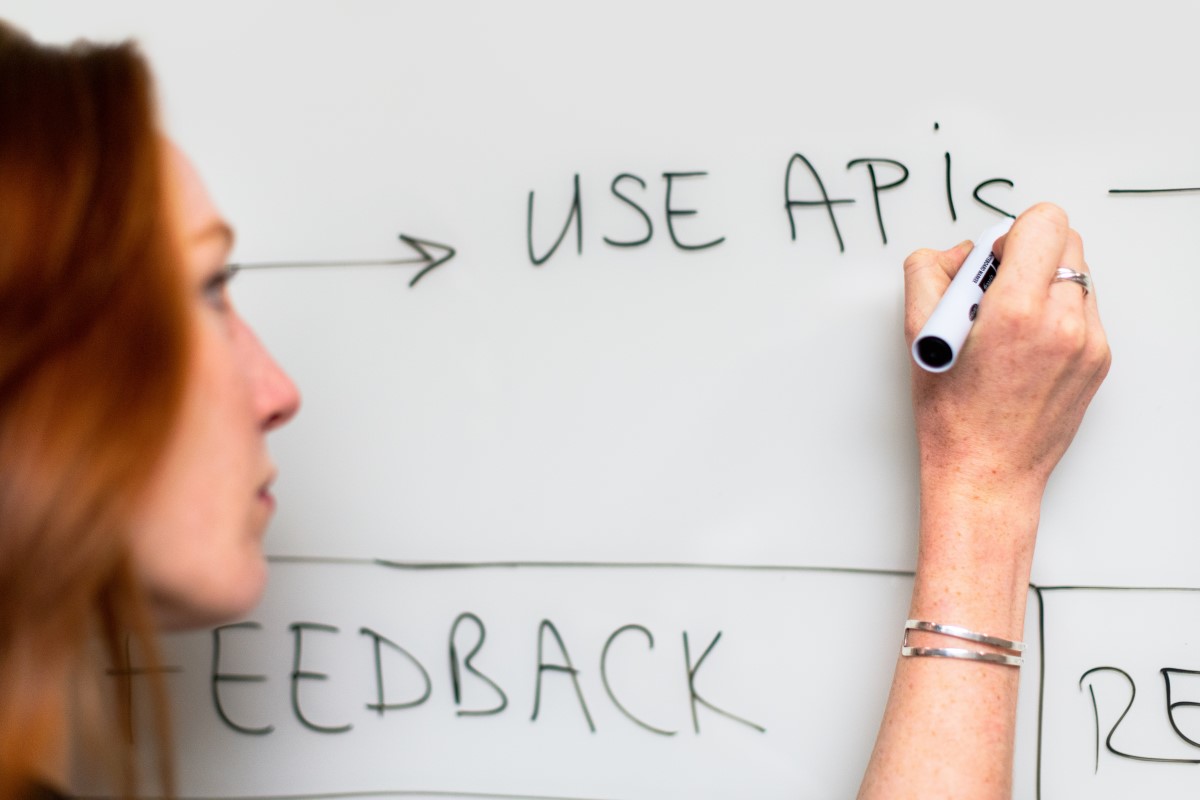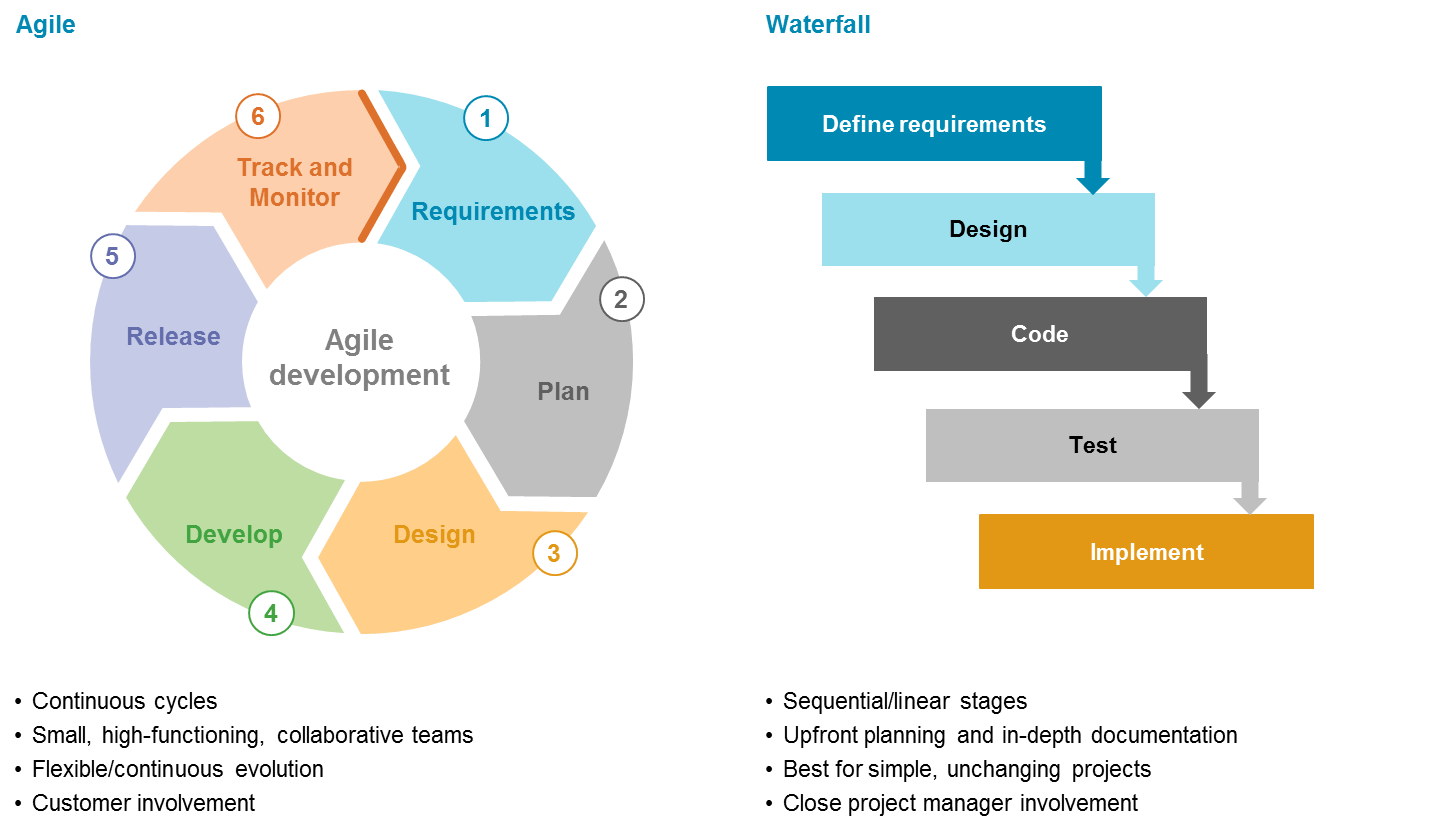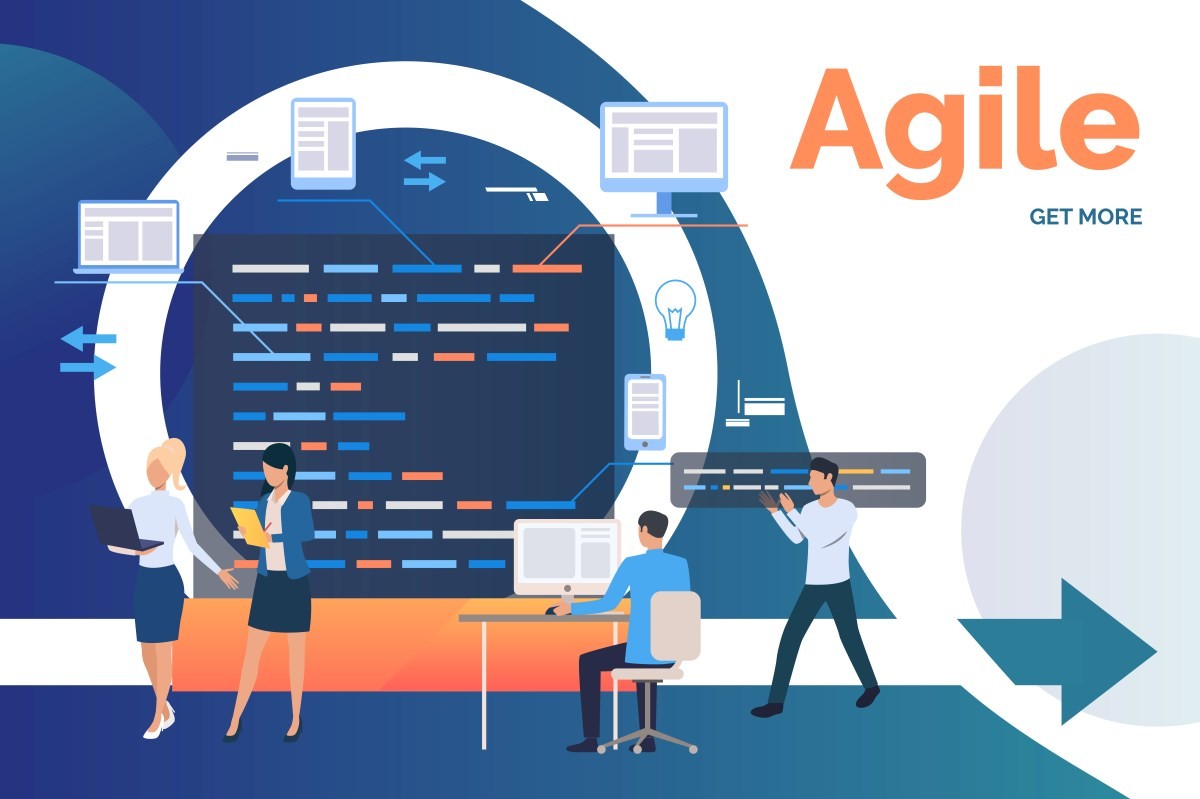The notion of a Software Development Life Cycle is probably not new to the IT industry (SDLC). It is, more specifically, a framework that describes the actions that must be accomplished at each step of the project in order to generate the highest quality software.
While SDLC is not a new phrase, staying on top of different changes in the larger picture requires more than just a description. In this post, we will look at the software product development life cycle working concept in detail, phase by step, throughout the process.
Software Development Life Cycle and More to Know
A technique is used to build business processes based on three primary criteria, with the “best” encompassing the highest quality software, the most affordable price, and the most optimum time to market. Along with the standard phases, the SDLC also contains the Agile model, the waterfall model, and the spiral model.
Normally, a typical SDLC will include six stages as follows:
- Researching requirements
- Carrying out the efficacy evaluation
- Architectural design
- Software development
- Testing
- Deployment
- Maintenance and support
Learn more: Software Development Services
Why Considering the SDLC?
Not necessarily advantages or benefits, here are 6 reasons why we should consider the software product development cycle during project implementation:
- Teams of developers can rely on SDLC to set up project planning, estimating, and managing.
- Standardized actions and objectives can be outlined in this framework.
- Improving and accelerating the coding process
- Enhancing solidarity and connection with clients
- Helping developers reduce potential risks
- Facilitating a greater awareness of strategic planning among all relevant parties.
- Is the software product development life cycle necessary for your project? Click here for more information!
Let’s Dig Deeper into the 7 Phases of SDLC!
Phase 1: Gathering and analyzing requirements
The input phase has always been critical in the SDLC process. As a result, senior team members will collect client requirements, prepare for quality assurance needs, and anticipate potential hazards.
During the first phase, the team will attempt to provide as clear a large picture as possible so that stakeholders have a thorough knowledge of the project’s purpose, the scope of work, and potential problems. will face, how to address it, and what possible possibilities exist.
Phase 2: Carrying out the efficacy evaluation
Following the initial analysis, the whole team will come together to develop a shared strategy and a document known as the Software Requirement Specification (SRS). And, in order to make appropriate judgments and choices, the team may rely on the following elements:
- Political situation/epidemic
- Customer’s budget condition
- Operational efficiency
- Key technical factors
- The specific work schedule for each category/individual
Phase 3: Architectural Design
This stage of the SDLC begins with converting the software requirements into a design plan. This design step is used as an input for the model’s following phases.
High-level design: It comprises a synthesis of client expectations, as well as detailed descriptions of each module, database table, and architecture diagram.
Low-level design: It includes all interface information, directions for all related concerns, and a clear input-output for each module.
Phase 4: Software development
Implementing coding is a more specific term for the software development process. At this point, developers will use their knowledge to create software. Once they’ve decided on a programming language, they’ll get to work developing code to build your system from the ground up.
Programming tasks are divided into smaller components or modules so that developers can easily handle each portion one at a time. This fourth step is the most time-consuming and stressful phase of the SDLC.
Phase 5: Testing
If phase 4 – coding – is regarded as the backbone of the entire process, then this fifth phase ensures output quality, later serving end-users, and meets client expectations.
During this stage, testers begin to examine the whole system’s operation, discovering numerous bugs/defects. The QA team will then prepare reports for developers to comprehend the scenario. So that they can amend them, and send them back to the QA team for another round of testing. The development process can only continue once the software is bug-free.
Phase 6: Deployment
After the development and testing phases are completed, the process will proceed to the deployment phase to ensure that the software is substantially complete. During this phase, the project manager will provide input, and the development team will make changes to meet the needs of the client.
Phase 7: Further support and maintenance
And, of course, not turning up the project completes it. We always use this phrase as a guarantee for the lifespan of software product for the majority of the projects that Saigon Technology does, including duties such as repairing problems that emerge and updating the program to better meet tastes, and adding extra features to current software.
How about SDLC Models?
The following is a collection of the most prevalent SDLC models and examples:
Waterfall model
The Waterfall model is the oldest and most widely popular working model in the world. The working principle of the Waterfall is to utilize the output of one phase as the basis for the next phase’s output. This model values documentation and emphasizes the rigor of performance between phases.
Agile model
Focusing on flexibility and agility throughout the working process, the Agile model allows the development team to create a functioning prototype in a short period using the paradigm. The Agile model emphasizes continuous improvement, therefore, the information gathered from testing each release is used to improve the next one.
Spiral Model
Risk-based process modeling is the basis of the spiral model. Specifically, one or more process models may be used as part of the SDLC testing model, such as a waterfall or incremental. It undergoes the planning, design, developing, and testing phases, with incremental gains each time.
To learn more about SDLC models and specific phases for your project, do not hesitate to contact us for a free consultation & quotation! Learn more: Software QA Testing Services at Saigon Technology







